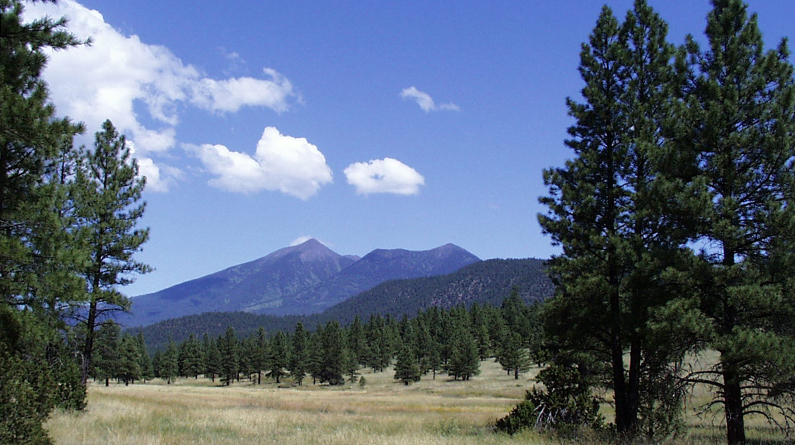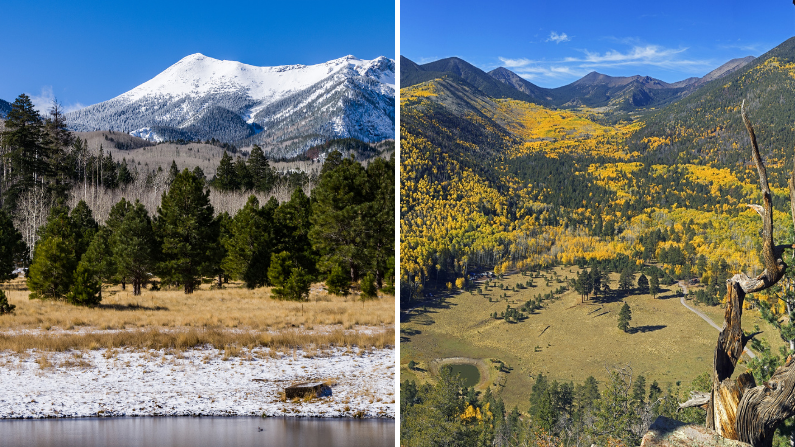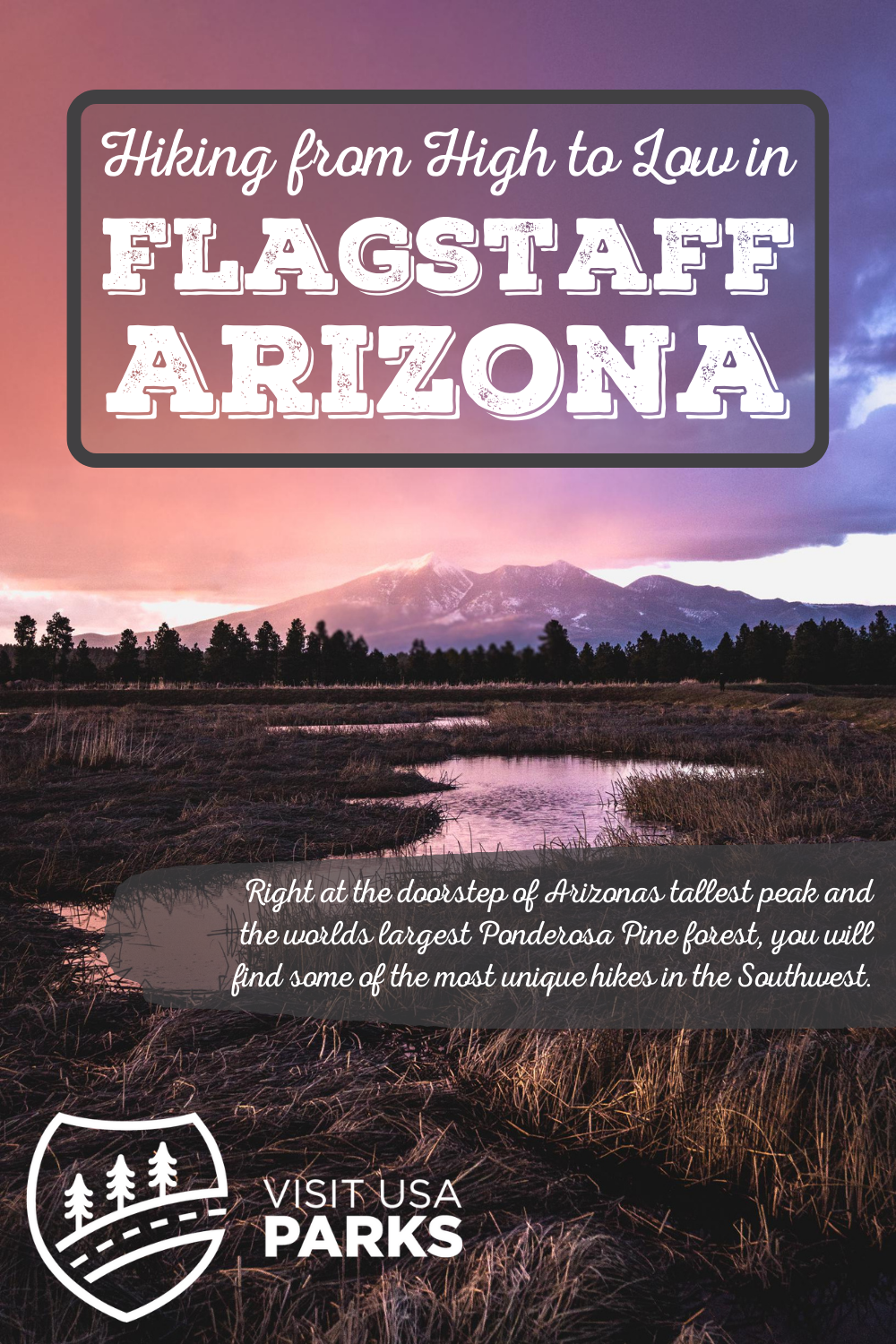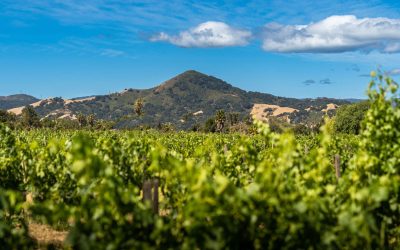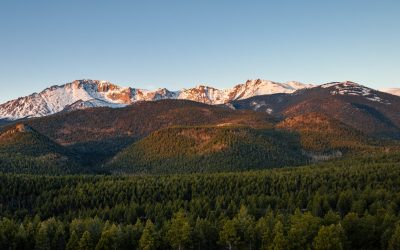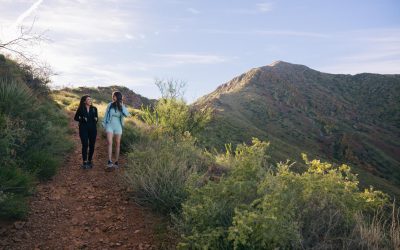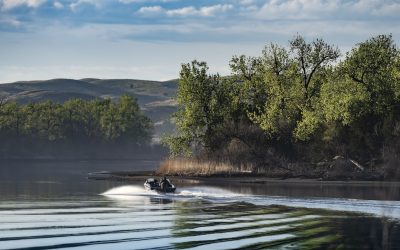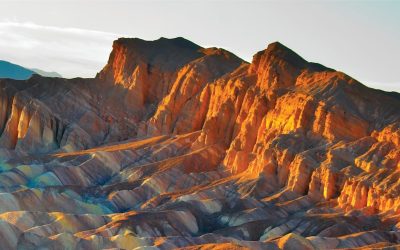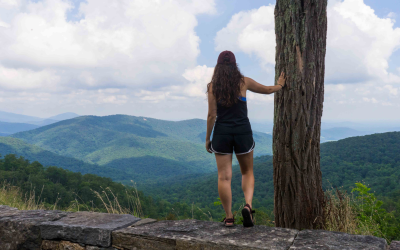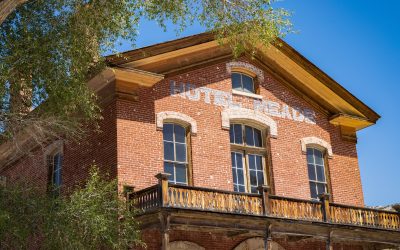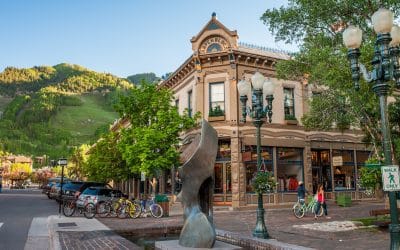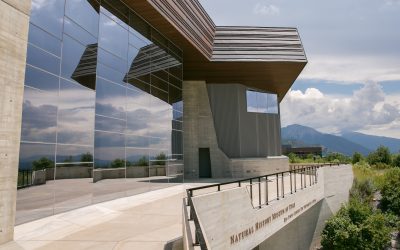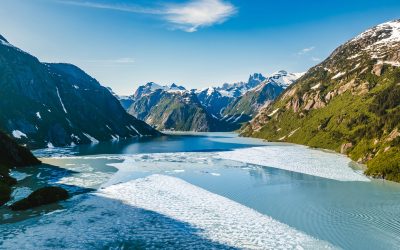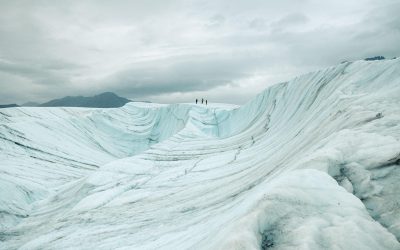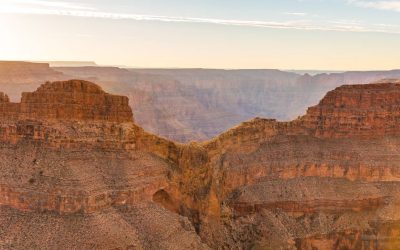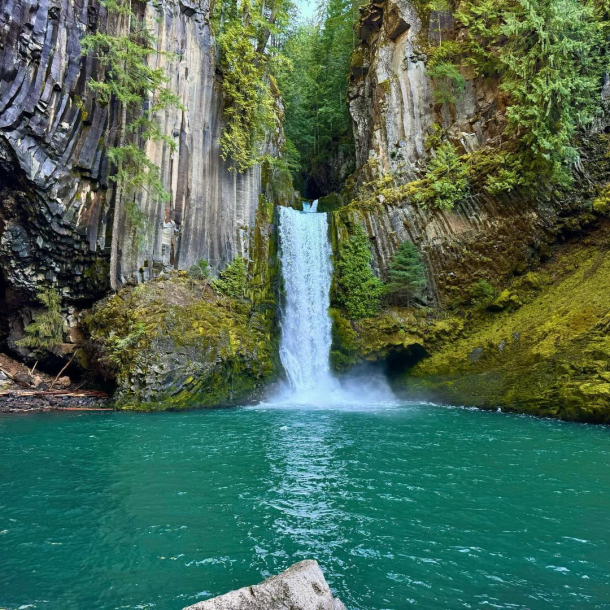It’s hard to beat Flagstaff when it comes to ecological diversity in one region–alpine tundra, quaking aspen stands, deep canyons, and the desert all blend seamlessly together. Right at the doorstep of Arizona’s tallest peak and the world’s largest Ponderosa Pine forest, here you’ll find some of the most unique hikes in the Southwest.
This story was created in partnership with Discover Flagstaff.
Humphrey’s Peak
Reaching Arizona’s tallest point at 12,633 feet is not for the faint of heart, but if you’re up for a strenuous adventure at high elevation, it’s totally worth the tired legs. On clear days you can even see the north rim of the Grand Canyon (not to mention everything else for miles around). The 11 mile round-trip hike begins at the Arizona Snowbowl ski area and starts off at an elevation of 9,200 feet. On the way up you’ll hike through dense pine forests before hitting the treeline around 11,000 feet. Once you’re above the treeline, you’re in the only alpine tundra region in Arizona. Don’t underestimate the effects of high elevation; bring plenty of water, and even if you don’t make it to the summit this hike still has so much to offer. During the summer, be sure to start your hike early so that you’re done before afternoon thunderstorms roll in (they have a way of sneaking up on you).
Lockett Meadow
If a long, difficult slog to the summit of Humphrey’s Peak isn’t your cup of tea, you can still experience the stunning beauty the mountain has to offer by heading to Lockett Meadow. This is where you access what’s known as the inner basin. Humphrey’s Peak is actually an extinct volcano, which by some estimates was as tall as 16,000 feet before it erupted. When it did, it would’ve been similar in size to the 1908 eruption of Mt. Saint Helens in Washington. What’s left is a massive crater that’s filled with aspen trees and seasonal wildflowers. The 3.4 mile (round-trip) Inner Basin Trail begins from Lockett Meadow, where you steadily gain elevation through thick aspen stands (this is an especially good fall hike). The trail ends when you reach some old Forest Service cabins, where the views open up and you’re surrounded by walls of the crater and views of Humphrey’s Peak.
Coconino National Forest
The Coconino National Forest around Flagstaff is where stereotypes of Arizona go to die. Rather than parched, cactus-strewn deserts, here you’ll find the world’s largest Ponderosa Pine forest. These trees prefer growing at elevations between 6,000 and 8,000 feet, which puts Flagstaff in the sweet spot at 7,000 feet. The nearly 2 million acre forest surrounds town and you’re never too far from a trailhead. For an easy, 1 mile nature walk in the forest near town, try the Griffith Spring loop. For a longer outing, hike the Abineau-Bear Jaw loop, a 7 mile loop on the northwest flank of Humphrey’s Peak. True to its name, you may run into a bear on this hike, a rarity in Arizona.
Whether you choose a strenuous adventure to the top of Arizona or a relaxing stroll through a dense forest, Flagstaff has you covered.

